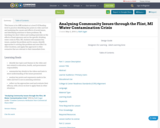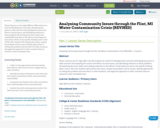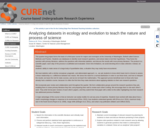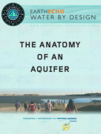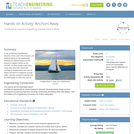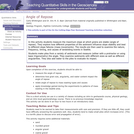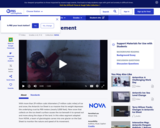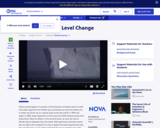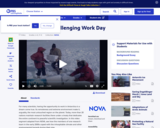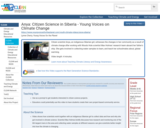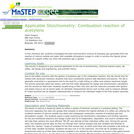This quarter-long project forms the basis of a third-year course for majors and nonmajors at the University of Washington, Bothell called Science Methods and Practice. Students use databases to identify novel research questions, and extract data to test their hypotheses. They frame the question with primary literature, address the questions with inferential statistics, and discuss the results with more primary literature. The product is a scientific paper; each step of the process is scaffolded and evaluated. Given time limitations, we avoid devoting time to data collection; instead, we sharpen
students' ability to make sense of a large body of quantitative data, a situation they may rarely have encountered.
We treat statistics with a strictly conceptual, pragmatic, and abbreviated approach; i.e., we ask students to know which basic test to choose to assess a linear relationship vs. a difference between two means. We stress the need for a normal distribution
in order to use these tests, and how to interpret the results; we leave the rest for stats courses, and we do not teach the mathematics. This approach proves beneficial even to those who have already had a statistics course, because it is often the first time
they make decisions about applying statistics to their own research questions.
We incorporate peer review and collaborative work throughout the quarter. We form collaborative groups around the research questions they ask, enabling them to share primary literature they find, and preparing them well to review each other's writing. We encourage them to cite each other's work. They write formal peer reviews of each other's papers, and they submit their final paper with a letter-to-the-editor highlighting how their research has addressed previous feedback.
A major advantage of this course is that an instructor can easily modify it to suit any area of expertise. Students have worked with data about how a snail's morphology changes in response to its environment (Price, 2012), how students understand genetic drift (Price et al. 2014), maximum body size in the fossil record (Payne et al. 2008), range shifts (Ettinger et al. 2011), and urban crop pollination (Waters and Clifford 2014).
(Note: this resource was added to OER Commons as part of a batch upload of over 2,200 records. If you notice an issue with the quality of the metadata, please let us know by using the 'report' button and we will flag it for consideration.)




